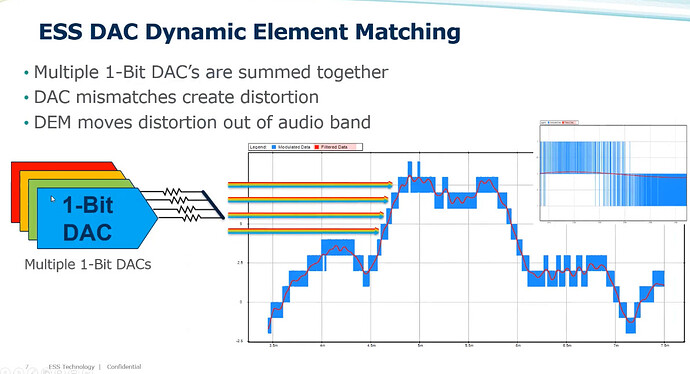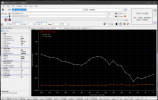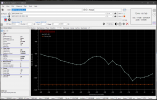Sokel
Master Contributor
- Joined
- Sep 8, 2021
- Messages
- 6,775
- Likes
- 6,982
Well ESS sum 1-bit DACs. Maybe something related here.
@Sokel can you followup your PCM96k vs DSD256 with one more comparison
If you upsample to PCM353kHz you will by-pass ESS first stage oversampling - does that help IMD hump ?

Yep,same mess:That's just their nomenclature for the final 6 or 7-bit thermometer-coded final DAC.
In my experiments the ESS hump phenomen was completely unaffected by sample rate... that was for an asynchronous implementation of ES9038q2m, running on a fixed 100MHz clock for the final DAC. With a synchronous setup of the chip it might be different but I doubt that.

96Khz I/O

96Khz/352.8Khz I/O
Only DSD reduces it as shown at my other post.
